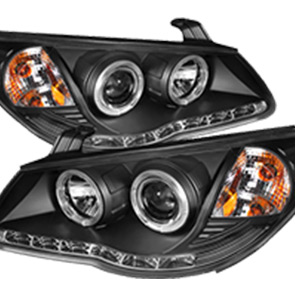push mower throttle cable
Understanding Push Mower Throttle Cables Functionality and Maintenance
Push mowers have long been a staple in home gardening and landscaping, offering a reliable means of maintaining a tidy lawn. One of the lesser-discussed yet critical components of a push mower is the throttle cable. This article aims to dive into the functionality of throttle cables, their importance in mower operation, and how to maintain them for optimal performance.
What is a Throttle Cable?
The throttle cable in a push mower serves as a link between the engine and the throttle control, typically located on the handlebar. It regulates the flow of air and fuel to the engine, which, in turn, determines the revolutions per minute (RPM) at which the engine operates. A properly functioning throttle cable allows the operator to control the mower's speed, providing a balance between efficiency and power. If you are mowing thick grass or tackling weeds, for instance, you may want to increase the throttle to give your engine the necessary power. Conversely, for lighter tasks, a lower throttle setting can save fuel and reduce noise.
Importance of a Functional Throttle Cable
A malfunctioning throttle cable can lead to a range of problems, affecting the mower's performance and creating a potentially frustrating mowing experience. If the throttle cable is too loose, the mower may not reach its full RPM, leading to underperformance, particularly in challenging mowing conditions. Alternatively, if the throttle cable is too tight, it may cause the engine to rev excessively, leading to premature wear or even damage.
Furthermore, a faulty throttle cable can lead to safety issues. An unresponsive throttle can result in a loss of control over the mower's speed, increasing the risk of injury. Thus, ensuring that the throttle cable is in good condition is not just about performance; it is also about safety.
Signs of Throttle Cable Issues
It is crucial for mower owners to recognize the signs of throttle cable problems early on. Common indicators include
1. Unresponsive Throttle The mower does not respond when you adjust the throttle. This could mean the cable is frayed or stuck. 2. Excessive Revving If the mower revs excessively without a change in the throttle setting, it could indicate a problem with the cable tension. 3. Poor Performance If the mower struggles and does not maintain a steady speed, this may be a sign of throttle cable issues.
push mower throttle cable

4. Visible Damage Regular visual inspections can reveal fraying or kinks in the cable. If you notice these signs, it’s time to consider a replacement.
Maintenance Tips for Throttle Cables
1. Regular Inspection Check the throttle cable regularly for signs of wear and tear. It’s advisable to inspect it before each mowing season.
2. Cleaning Dirt and grime can build up over time, causing the throttle cable to stick. A quick wipe down can help ensure it moves freely.
3. Proper Tension Ensure that the throttle cable is correctly adjusted. Refer to the user manual for the specific tension settings recommended for your mower model.
4. Lubrication Some throttle cables may benefit from a light application of lubrication. Check the manufacturer’s recommendations to avoid any damage from inappropriate substances.
5. Replacement If the throttle cable is damaged beyond repair, replace it with a new one as soon as possible. Ensure you get a compatible part for your mower’s model.
Conclusion
In summary, the throttle cable is an essential component of a push mower, greatly influencing its efficiency and performance. By understanding its function and maintaining it correctly, you can ensure a smooth mowing experience and prolong the life of your mower. Always remember, a well-maintained mower not only makes lawn care easier but also enhances your overall gardening experience. So, take the time to inspect and care for your throttle cable, and enjoy a greener lawn hassle-free!
-
Workings of Clutch Pipe and Hose SystemsNewsJun.04,2025
-
The Inner Workings of Hand Brake Cable SystemsNewsJun.04,2025
-
The Secrets of Throttle and Accelerator CablesNewsJun.04,2025
-
The Hidden Lifeline of Your Transmission Gear Shift CablesNewsJun.04,2025
-
Demystifying Gear Cables and Shift LinkagesNewsJun.04,2025
-
Decoding Clutch Line Systems A Comprehensive GuideNewsJun.04,2025
